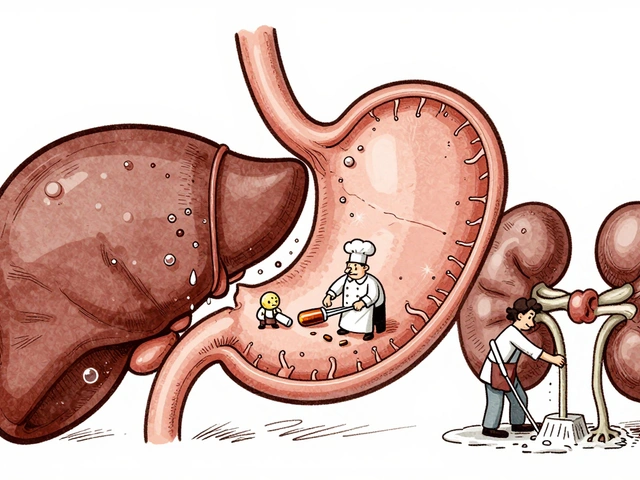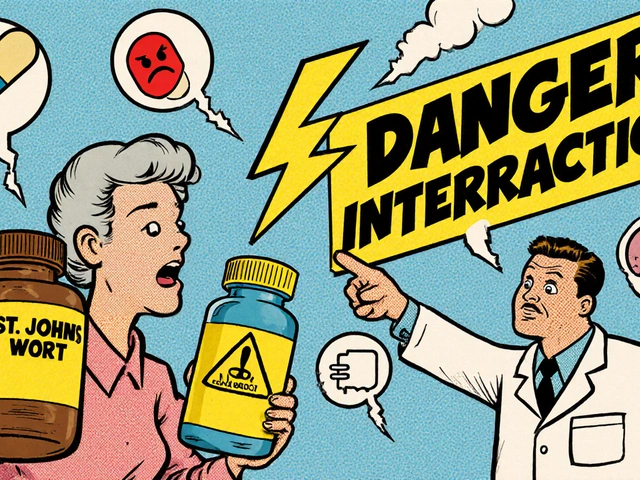Unwanted Facial Hair in Men – How to Get Rid of Stubble, Beard, or Sideburns You Don’t Want
Seeing hair pop up where you don’t want it can be frustrating. Whether it’s a stray chin hair, a patch on the upper lip, or thick sideburns that won’t stay trimmed, you’re not alone. Lots of men deal with this, and most of the time the cause is simple, not a sign of something serious.
The main driver is hormones, especially testosterone and its more active form, dihydrotestosterone (DHT). When DHT binds to hair follicles on the face, it tells them to grow thicker, darker hair. Some people naturally produce more DHT, so they get facial hair earlier and more abundantly. Genetics also play a big role—if your dad or grandfather had a full beard, chances are you’ll grow one too, even if you wish you didn’t.
Medications can add to the problem. Drugs that increase testosterone, like certain steroids or testosterone replacement therapy, often boost facial hair growth. Even some acne medicines, such as isotretinoin, can make hair feel coarser. Health conditions that affect hormone balance, like polycystic ovary syndrome in women or thyroid disorders in men, can also lead to unexpected facial hair.
Quick Fixes You Can Try at Home
For most men, the easiest solution is a good shaving routine. Use a sharp razor, shave after a warm shower, and apply a soothing after‑shave balm to avoid irritation. If you prefer a longer‑lasting method, depilatory creams work well on the upper lip and chin—just follow the timing instructions to avoid skin burns.
Waxing is another option for those who don’t mind a bit of pain. It pulls hair from the root, so you stay smooth for about three weeks. Remember to test a small patch first to see how your skin reacts. Some men find an electric trimmer handy for shaping sideburns or keeping a light beard under control without the razor edge.
Long‑Term Solutions: Laser, Electrolysis, Prescription Options
If you want a more permanent answer, laser hair removal is the most popular choice. It targets the pigment in hair follicles, gradually reducing growth after several sessions. It works best on darker hair and lighter skin, so a quick consultation can tell you if you’re a good candidate.
Electrolysis is the only FDA‑approved method for permanent removal, regardless of hair or skin color. A tiny needle delivers an electric current that destroys each follicle. It’s slower than laser because it treats one hair at a time, but results are lasting.
In some cases, doctors prescribe topical eflornithine cream. It slows down hair growth by blocking an enzyme needed for hair formation. You apply it twice a day, and while it won’t remove existing hair, it can keep new growth softer and sparser.
No matter which route you choose, keep your skin healthy. Moisturize daily, avoid harsh scrubs, and protect the area from the sun—especially after laser or electrolysis, when skin can be extra sensitive.
At the end of the day, unwanted facial hair is a common hiccup, not a crisis. Understanding the why helps you pick the right fix, whether it’s a quick shave or a long‑term clinic visit. Give one of these methods a try, and you’ll be back to feeling comfortable in your own skin soon.

Eflornithine for Men: Does It Work for Unwanted Facial Hair? Results, How to Use, UK Access
- By : Tamsin Riverton
- Date : Aug 25 2025
Curious if eflornithine helps men with unwanted facial hair? Get clear answers on results, how to use it with shaving, side effects, UK access, and smart alternatives.




